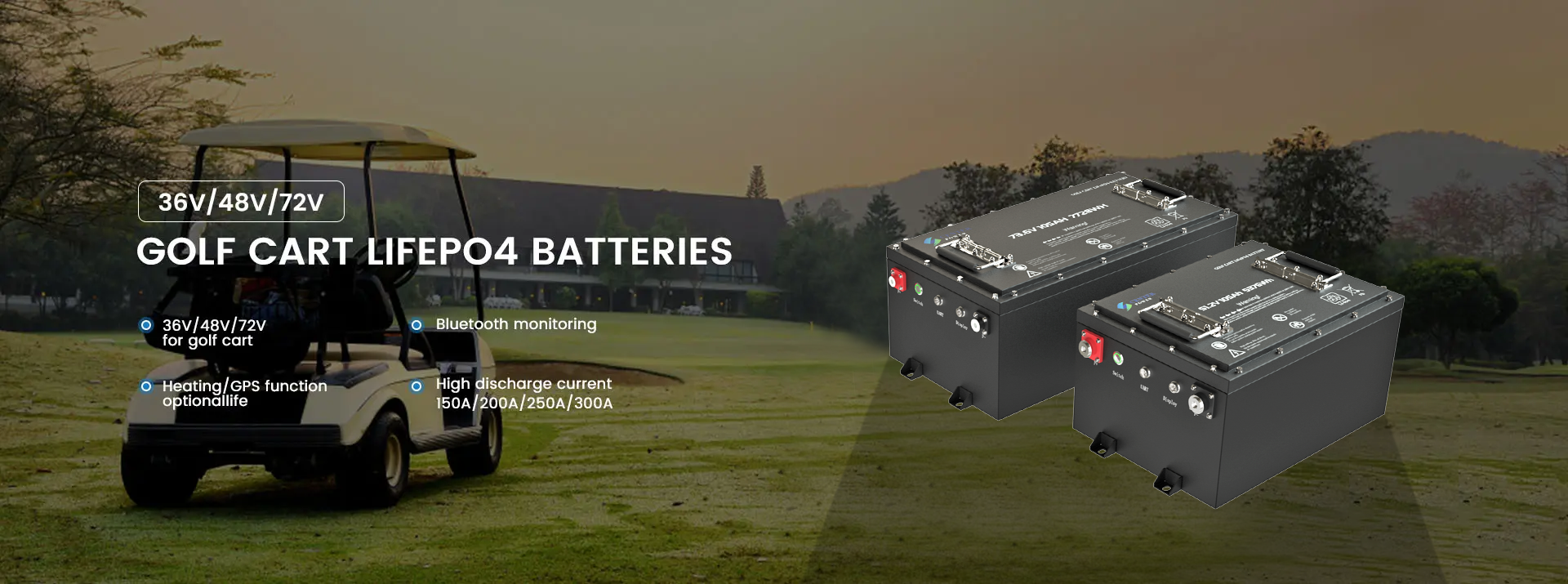
1. Lead-Acid Forklift Batteries
Lead-acid batteries are the most common in forklifts and have specific charging requirements to ensure optimal performance and longevity.
- Standard Charging Time: Typically, charging a fully discharged lead-acid battery takes 8 to 12 hours. This includes the charging process itself and the required cool-down period.
- 8 Hours Charging: It usually takes around 8 hours to reach a full charge, assuming the battery is charged at the correct rate. The battery charger needs to match the battery's specifications in terms of voltage and amperage.
- 2-4 Hours Cool-Down: After the charging cycle, the battery should be allowed to cool down for 2-4 hours before it's put back into use. Operating the battery while it's still hot can cause overheating and reduce battery life.
- Equalization Charge: Lead-acid batteries may also require an equalization charge every 5-10 cycles. This process helps balance the charge across all cells and can take an additional 2-3 hours. It prevents stratification and sulfation, which can degrade the battery over time.
- Top-Off Charging: Avoid charging lead-acid batteries for short periods or during breaks, also known as "opportunity charging." This can cause uneven charging and damage the battery, leading to reduced lifespan.
2. LiFePO4 (Lithium Iron Phosphate) Forklift Batteries
LiFePO4 batteries are more efficient and faster to charge than lead-acid batteries. They are gaining popularity for their performance and reduced downtime.
- Standard Charging Time: Charging a fully discharged LiFePO4 forklift battery usually takes 2-4 hours. The fast-charging capability of lithium batteries allows for quicker turnaround and more flexible charging schedules.
- No Cooling Period: One of the advantages of LiFePO4 batteries is that they do not require an extended cool-down period like lead-acid batteries. This allows you to put the forklift back into operation immediately after charging.
- Opportunity Charging: LiFePO4 batteries are much more tolerant of opportunity charging, meaning you can top them off during breaks or lunch periods without negatively impacting battery life. This flexibility can improve productivity and reduce downtime, especially in multi-shift operations.
3. Factors Affecting Charging Time
The time required to fully charge a forklift battery is influenced by several factors:
a. Battery Size and Capacity:
- Ampere-Hour (Ah) Rating: The larger the Ah rating, the longer it takes to charge. For example, a 48V 600Ah battery will take longer to charge than a 48V 400Ah battery, assuming the same charger is used.
- Voltage: The battery voltage (e.g., 24V, 36V, or 48V) also affects the charging time. Higher voltage batteries typically require more energy to charge fully.
b. Charger Specifications:
- Charger Output (Amps): The higher the amperage output of your charger, the faster the battery will charge. For example, a 36V charger delivering 200 amps will charge faster than one delivering 100 amps.
- Charger Type: There are fast chargers that can charge batteries more quickly. However, it’s important to ensure that the charger is compatible with your battery to avoid damage or reduced lifespan.
c. Depth of Discharge (DOD):
- If a battery is only partially discharged (e.g., 50% DOD), it will take less time to charge than a fully discharged battery. This is why monitoring battery usage and charging at the right time (typically at around 20-30% capacity) can optimize charging efficiency.
d. Battery Age and Condition:
- Older Batteries: As batteries age, their ability to accept and hold a charge diminishes, resulting in longer charging times.
- Sulfation in Lead-Acid Batteries: If a lead-acid battery suffers from sulfation due to improper charging or maintenance, it will take longer to charge, and its overall capacity will be reduced.
4. Charging Best Practices for Forklift Batteries
a. Avoid Deep Discharges:
- For lead-acid batteries, avoid discharging them below 20% to prevent deep cycling, which can shorten battery life. Deep discharges also lead to longer charging times.
- LiFePO4 batteries can tolerate deeper discharges (down to 0% in some cases), but regular charging when the battery reaches 20-30% will optimize lifespan.
b. Use the Right Charger:
- Ensure that the charger matches the battery's specifications in terms of voltage and amperage. Using a charger that is too powerful or too weak can damage the battery or increase charging time.
c. Monitor Battery Temperature:
- Both lead-acid and LiFePO4 batteries should be charged in environments with moderate temperatures. High temperatures during charging can lead to battery damage, especially in lead-acid batteries, which are prone to overheating.
d. Schedule Charging for Off-Peak Hours:
- To maximize productivity, schedule battery charging during off-peak hours or shift changes. This ensures the forklift is ready for use during working hours, reducing downtime.
e. Implement a Battery Maintenance Program:
- Regular maintenance, such as checking electrolyte levels in lead-acid batteries, cleaning terminals, and ensuring proper water levels, helps ensure the battery charges efficiently and consistently.
5. Multi-Shift Operations & Charging Solutions
For businesses that run forklifts in multi-shift operations, charging times and battery availability are critical for ensuring productivity. Here are some solutions:
- Lead-Acid Batteries: In multi-shift operations, rotating between batteries may be necessary to ensure continuous forklift operation. A fully charged backup battery can be swapped while another is charging.
- LiFePO4 Batteries: Since LiFePO4 batteries charge faster and allow for opportunity charging, they are ideal for multi-shift environments. In many cases, one battery can last through several shifts with only short top-off charges during breaks.
Post time: Oct-17-2024






